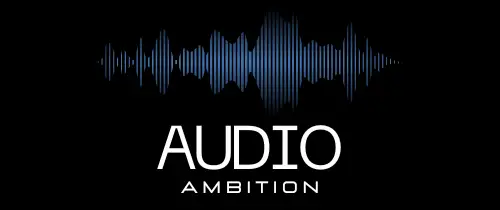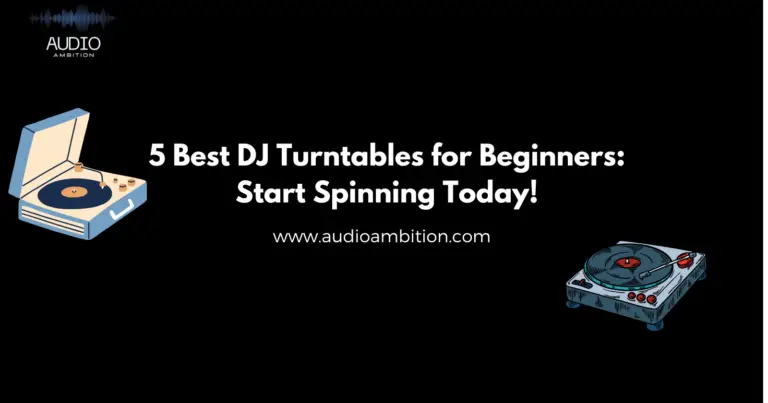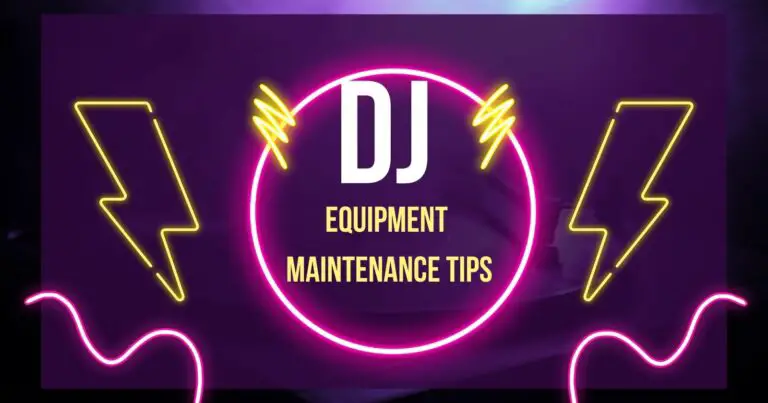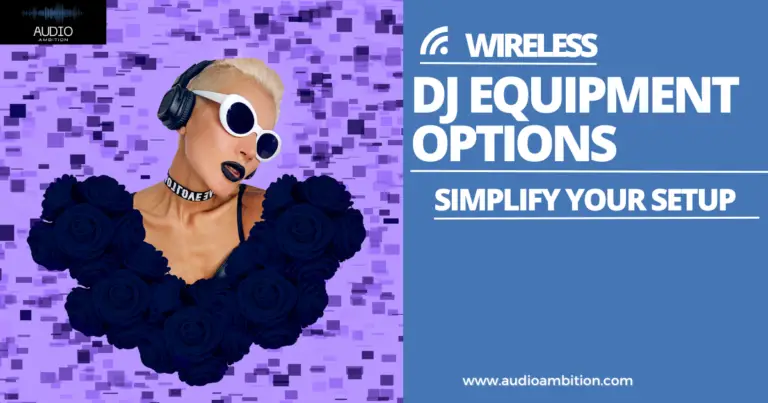DJs have been an integral part of music culture for decades, driving the evolution of music and entertainment. However, their tools have evolved significantly, from turntables and vinyl to modern-day technology.
In this article, we’ll take a look at the history of DJ equipment and how it has evolved with music genres such as disco, hip-hop, house, techno, and electronic dance music.
What is DJ equipment?
The tools and technologies used by DJs to generate and manipulate music during a live performance or recording are referred to as “DJ equipment.” Turntables, mixers, headphones, and speakers are common examples.
History of DJ Equipment

The roots of DJing can be traced back to the late 1800s when the phonograph was invented. However, it wasn’t until the 1950s and 60s that DJs began to emerge, using two turntables to mix tracks together seamlessly.
Turntables and Vinyl
Turntables and vinyl have been a staple of DJ equipment since the 1950s. DJs would use vinyl records to create their sound, scratching and manipulating the vinyl to create unique sounds and tracks.
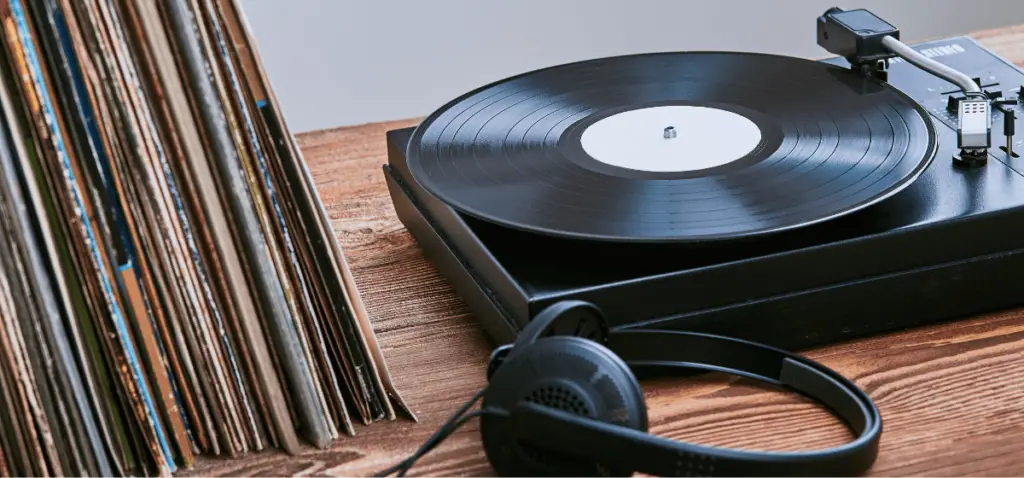
Today, vinyl continues to be a favorite among some DJs who appreciate the unique sound and feel of the format.
Mixers, Amplifiers, and Equalizers
In the 1970s, mixers, amplifiers, and equalizers became essential pieces of equipment for DJs. Mixers allowed DJs to blend multiple tracks, while amplifiers provided the power to drive large speakers.
Equalizers allowed DJs to tweak the sound to their liking, adjusting the levels of the low, mid, and high frequencies.
Reel-to-Reel and Cassette Decks
In the 1960s and 70s, reel-to-reel and cassette decks were used to create loops and samples. DJs would create loops by recording a section of a track onto the reel-to-reel or cassette deck and then playing it back repeatedly, creating a new beat or rhythm.
Speakers and Headphones
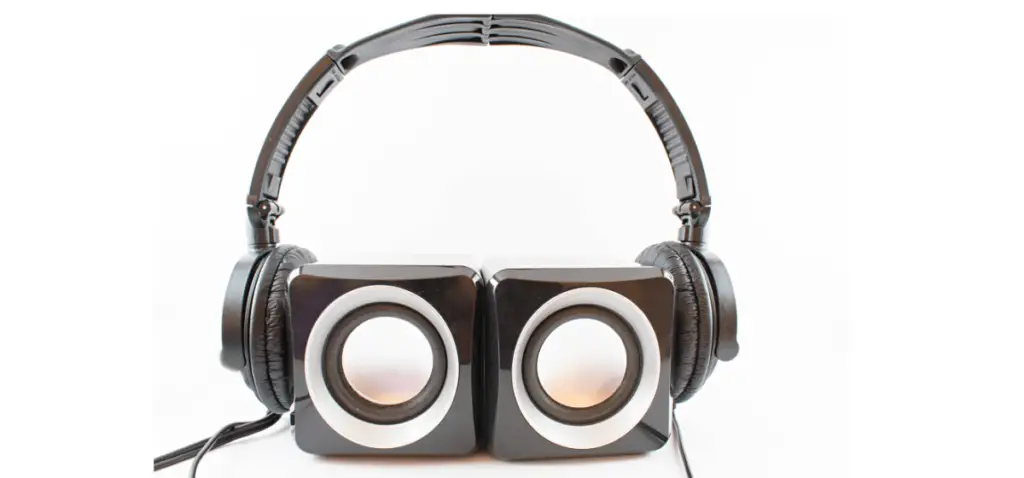
Speakers and headphones have been crucial components of DJ equipment since the beginning. Large, powerful speakers were needed to drive the sound and create the club atmosphere, while headphones allowed DJs to preview tracks and cue up the next song.
Evolution of DJ Technology

The evolution of DJ technology has been a rapid and exciting one. The introduction of CDJs in the 1990s allowed DJs to manipulate digital tracks, while the rise of software-based DJing in the 2000s opened up new possibilities for live remixing and production.
Pioneers and Innovations
Throughout the history of DJing, there have been numerous pioneers and innovations. From Grandmaster Flash and Kool Herc in the early days of hip-hop to Frankie Knuckles and Larry Levan in the world of disco and house music, these individuals helped push the boundaries of what was possible with DJ equipment.
Watch The Evolution of the DJ to learn it more deeply:
Disco, Hip Hop, House, Techno, and Electronic Dance Music
As music genres have evolved, so has DJ equipment. Disco in the 1970s gave rise to the mixer and equalizer, while hip hop in the 1980s popularized scratching and sampling. House music in the 1980s and 90s brought
The evolution of DJ equipment continued into the 90s, with the introduction of the CD player. This new technology made it easier for DJs to transition from vinyl to CD and, ultimately, to digital files.

The first CD players were bulky and expensive but quickly became a staple in many DJ setups. With the ability to play and manipulate CDs, DJs had a new level of control over their music.
In the late 90s and early 2000s, the rise of digital DJing revolutionized the industry. With the introduction of software like Serato and Traktor, DJs could use their laptops and digital files instead of physical media. This allowed for even more flexibility and creativity in mixing and beatmatching.
DJ equipment continues to evolve and improve today, with new technologies such as DJ controllers, all-in-one systems, and software integrations. DJs have more options than ever before when it comes to choosing their equipment, and the possibilities for creativity and expression are endless.
Read this article: How Many Watts Should DJ Speakers Be? (For Best Sound)
Conclusion
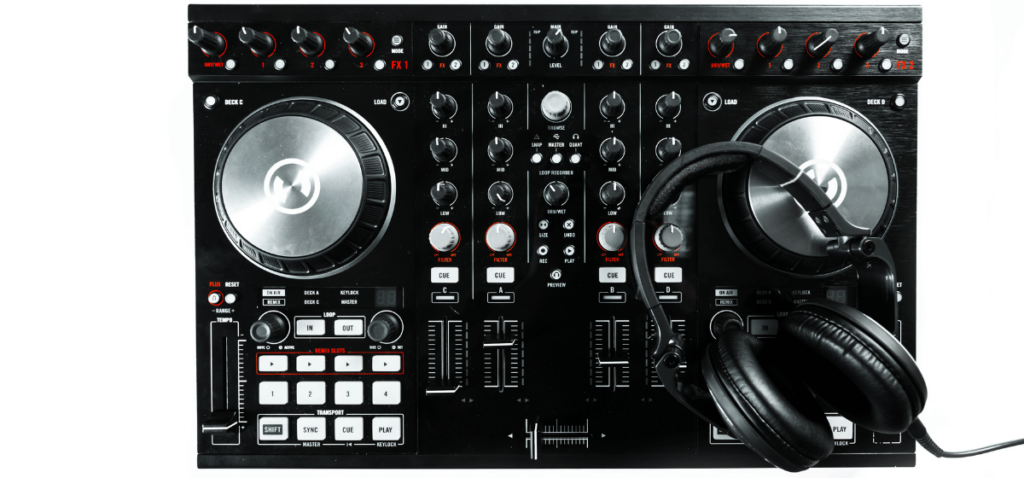
In conclusion, the history of DJ equipment is fascinating and full of innovation, creativity, and technological advancements. From the turntable to the digital age, DJ equipment has evolved to meet the needs and desires of DJs around the world.
Whether you’re a seasoned pro or just starting out, understanding the history of DJ equipment is an important part of being a DJ. By appreciating where we’ve come from, we can better appreciate where we’re going and the endless possibilities of the future of DJing.
